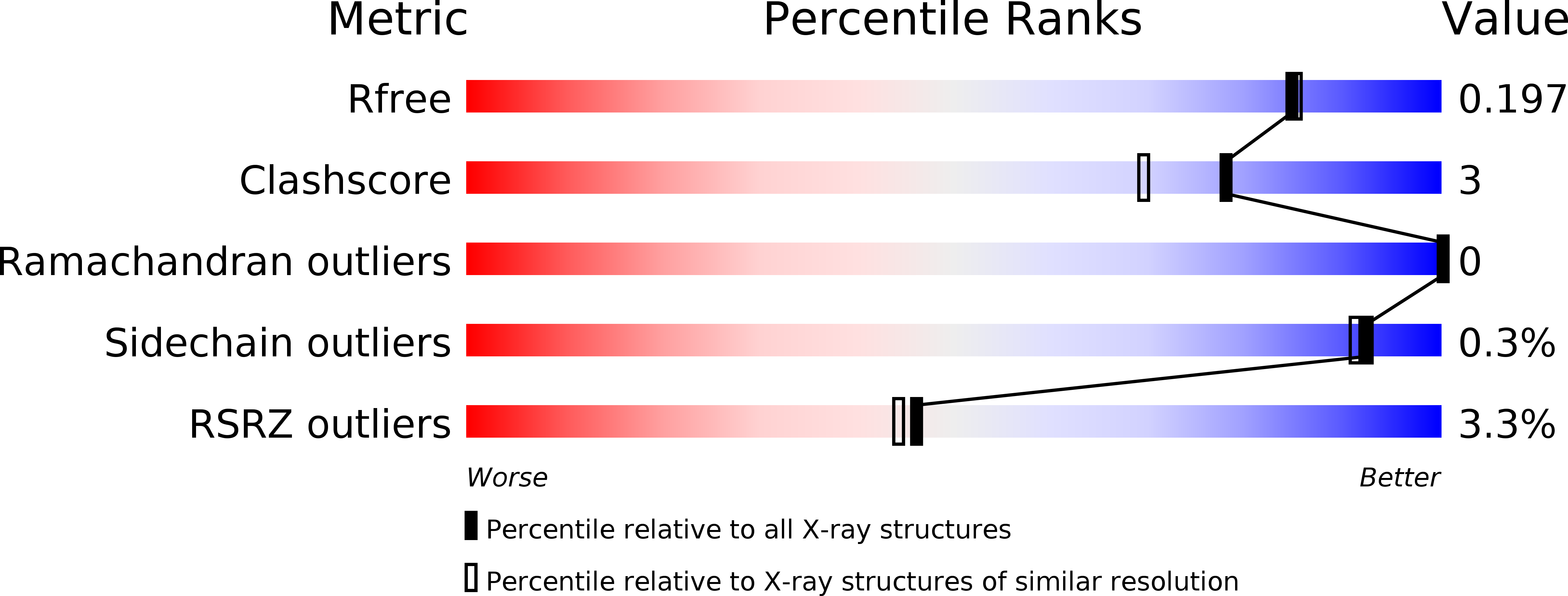
Deposition Date
2015-11-11
Release Date
2016-04-27
Last Version Date
2023-09-27
Method Details:
Experimental Method:
Resolution:
1.85 Å
R-Value Free:
0.19
R-Value Work:
0.16
R-Value Observed:
0.17
Space Group:
P 41 21 2


